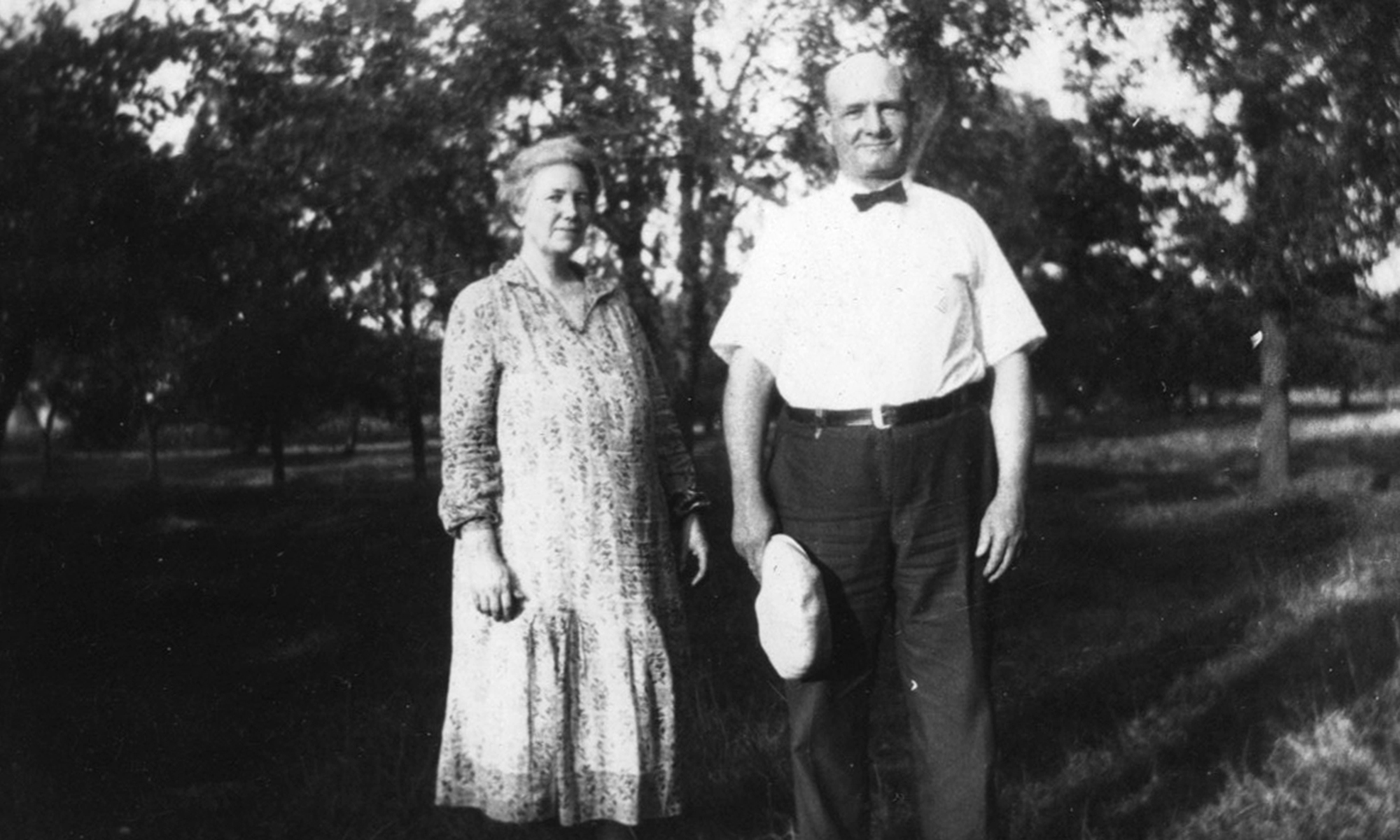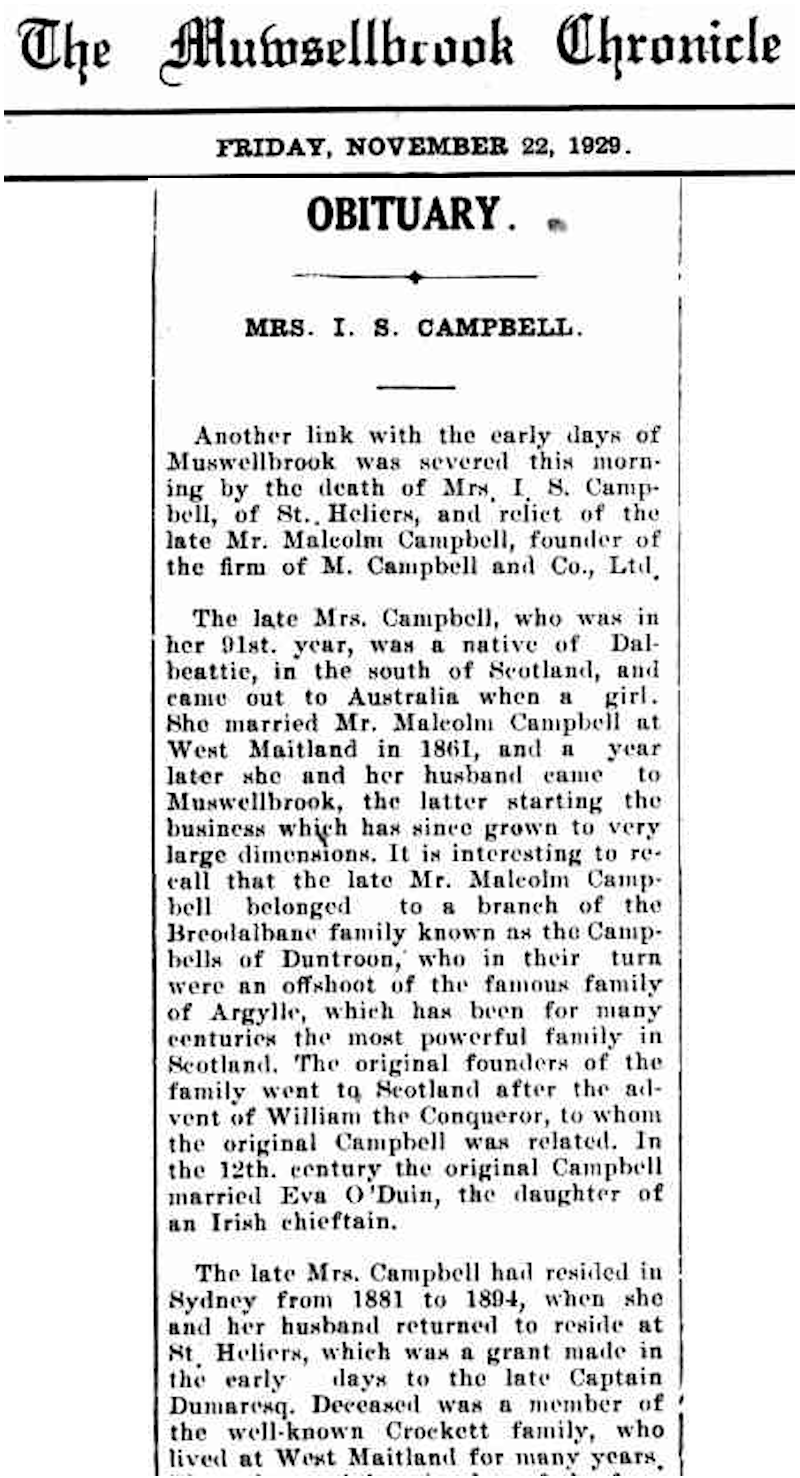
Today we are looking into our great-grand uncle Malcolm Campbell, the only member of our Scottish Campbell clan who didn’t emigrate to Canada, and who headed to Australia instead.
Background
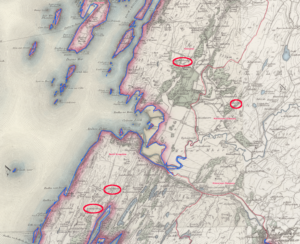
By way of background, Malcolm Campbell’s mother Isabella McLean — our great-great-grandmother — was born in 1801 at the Arichonan farmstead in the parish of North Knapdale, in Argyll, Scotland. Her husband John Campbell was born in 1796 at the neighboring farmstead of Gallochoille.
Isabella and John were married in 1829 in the parish church in Tayvallich and between 1830 and 1843 they had seven children (see below) at the Baroile farmstead in the neighboring Kilmichael Glassary parish.
The children of John and Isabella (McLean) Campbell
Neil Campbell (1830-1909)
Effie Campbell (1832-1910)
Malcolm Campbell, our great-granduncle (1835-1905)
Sarah Campbell (later Livingston), our great-grandmother (1837-1914)
Jane Campbell (1839-1891)
Donald Campbell (1841-1919)
John Campbell (1843-1860)
The Highland Clearances
Isabella and her family felt the effects of the Highland Clearances while residing as tenants at farmsteads owned by Neil Malcolm of Poltalloch.
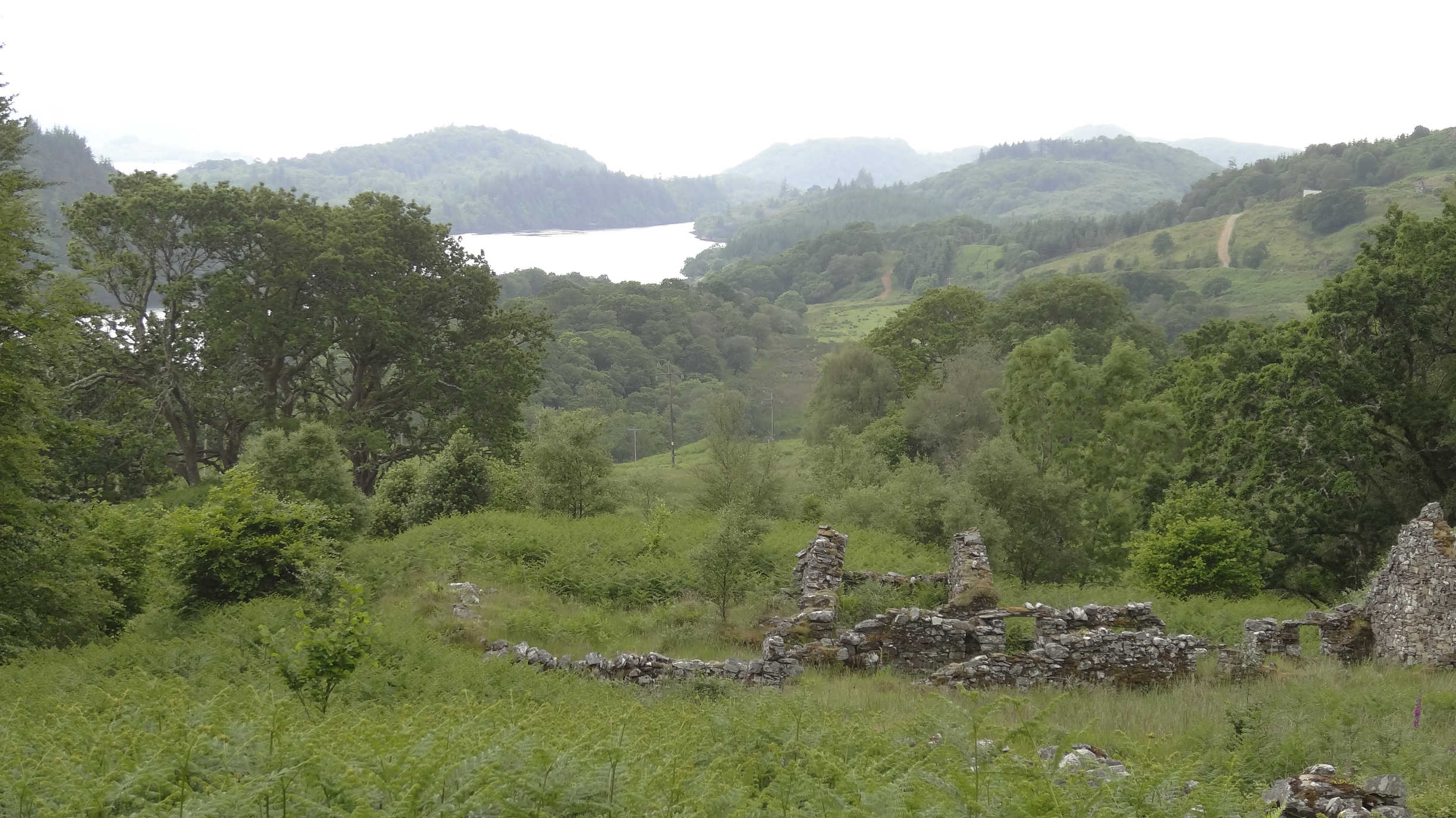
The Arichonan farmstead, where Isabella’s family still lived, famously rebelled in 1848 against the Clearance instigated by their landlord. Two of Isabella’s brothers were indicted for rioting, with one of them serving a prison sentence.
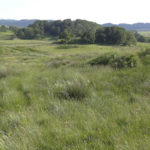
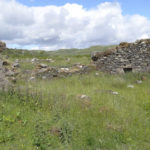
At about the same time, John and Isabella moved from their home at Baroile farmstead in Glassary parish to the Auchrome farmstead in Kilmartin parish. It seems likely this, too, was due to a clearance instigated by Neil Malcolm, who owned both farmsteads as well as many others in the area, including Auchachrome. The former farmsteads are now all in ruin; or as in the case of Baroile, there is nothing left of the former structures, further indication that the farms were “cleared.” (Click on photos to enlarge.)
In 1854 John Campbell passed away at the age of 58 at Auchachrome and his body was buried in the Kilmartin churchyard. Three years later his widow and their children — probably as a result of another clearance — emigrated to Ontario, Canada, near the town of Alvinston.
All of the children, that is, except for Malcolm Campbell.
Malcolm Campbell
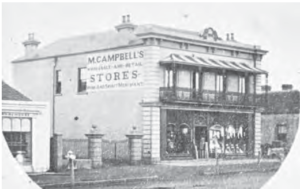
For many years I wondered why Malcolm didn’t move with his mother and siblings to Canada. Why — and when — did he emigrate to Australia instead? What is the story of this person who became a successful businessman in Muswellbrook and the Upper Hunter Region of New South Wales, 160 miles north of Sydney?
His obituary, recently found in an Australian newspaper, provides some answers. From it we learn that Malcolm left his family in his teens to make a living at a wholesale drapery establishment in Glasgow, 85 miles and a seemingly whole world away from the isolated farmstead. At the age of nineteen, in the same year his father died at Auchachrome, Malcolm emigrated to Australia to get in on a gold rush there. Whereas his father and siblings were farmers at heart, Malcolm was an entrepreneur, and untamed Australia was in his sights rather than rural Ontario.
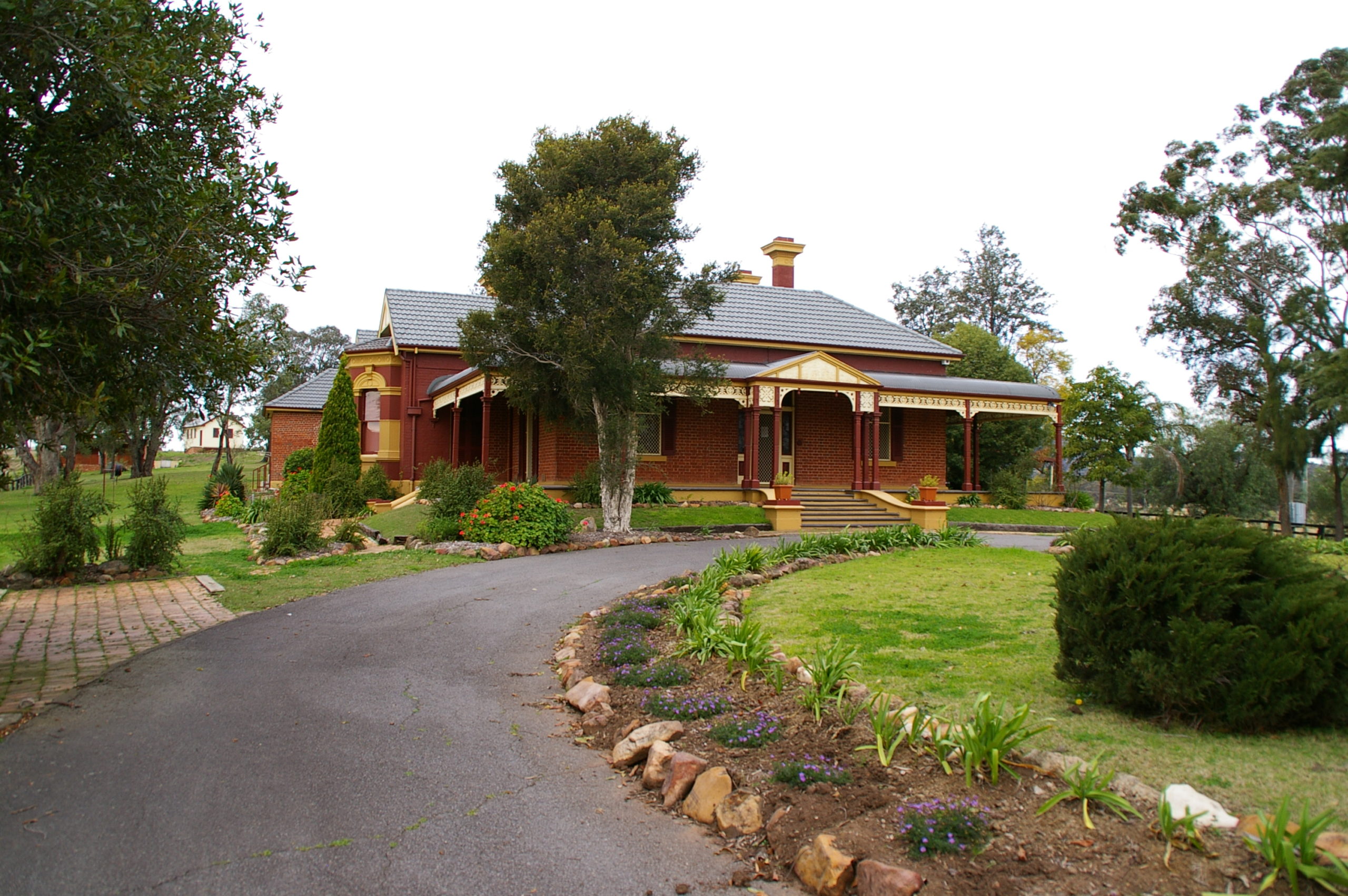
Campbell Clan Origins?
Interestingly, Malcolm’s wife’s obituary, below, makes some fascinating assertions about the origins of our Campbell family in the Scottish Highlands. According to the obit, Malcolm (and his father and siblings, of course) were from the Duntroon branch of the powerful Campbell clan, with a direct line of ancestry to William the Conqueror and an Irish chieftain. Wow! I’m ready to strap on my kilt right now!
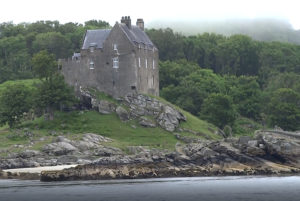
The Campbell clan was indeed dominant in Argyll and still maintains a large castle near the town of Inveraray, not very far from our family’s parishes. Closer still is the Duntroon castle, located on the shore of Loch Crinan, exceptionally close to our Campbell family farmsteads. Duntroon castle was owned by the Clan Campbell until 1792, when it was sold to the Malcolms of Poltalloch. So there may be some merit to the claim in Mrs. Campbell’s obituary.
Yet it is also true that many poor families took on the surnames of the powerful clan chiefs of their area. And there were a lot of Campbells in the parishes of Kilmartin, Glassary, and North Knapdale. If our ancestors were indeed of noble stock, it seems our humble farmers were perhaps on the lower rungs of the clan ladder. It’s an awful irony that the family the Campbell Clan sold their castle to, the Malcolms of Poltalloch, would be the ones who booted our ancestors off their farms.
I know of no documentation to refute, or conversely to verify, the obituary’s clan lineage assertion. I leave it up to you to judge. But if you want to show your colors, a piece of Campbell tartan clothing might be in order. (I got my kilt at St. Andrew’s Society Highland Games, in Livonia, Michigan, but there are a number of on-line sources as well.)
Whether from exalted heritage or just a poor adventurous kid trying to make his fortune, Malcolm Campbell the entrepreneur turned into the wealthiest of his Campbell siblings. He grew both a large family and a small fortune in New South Wales, Australia.
Despite the distance from Canada, Malcolm didn’t lose touch with his birth family, who passed on the photo of him at the top of this blog post and some of his hand-written notes. I’m sure they were proud of his accomplishments. Then again, that’s exactly what one would expect of a Scotsman from the powerful Campbell clan whose lineage traces back to England’s great king William the Conqueror, isn’t it????
